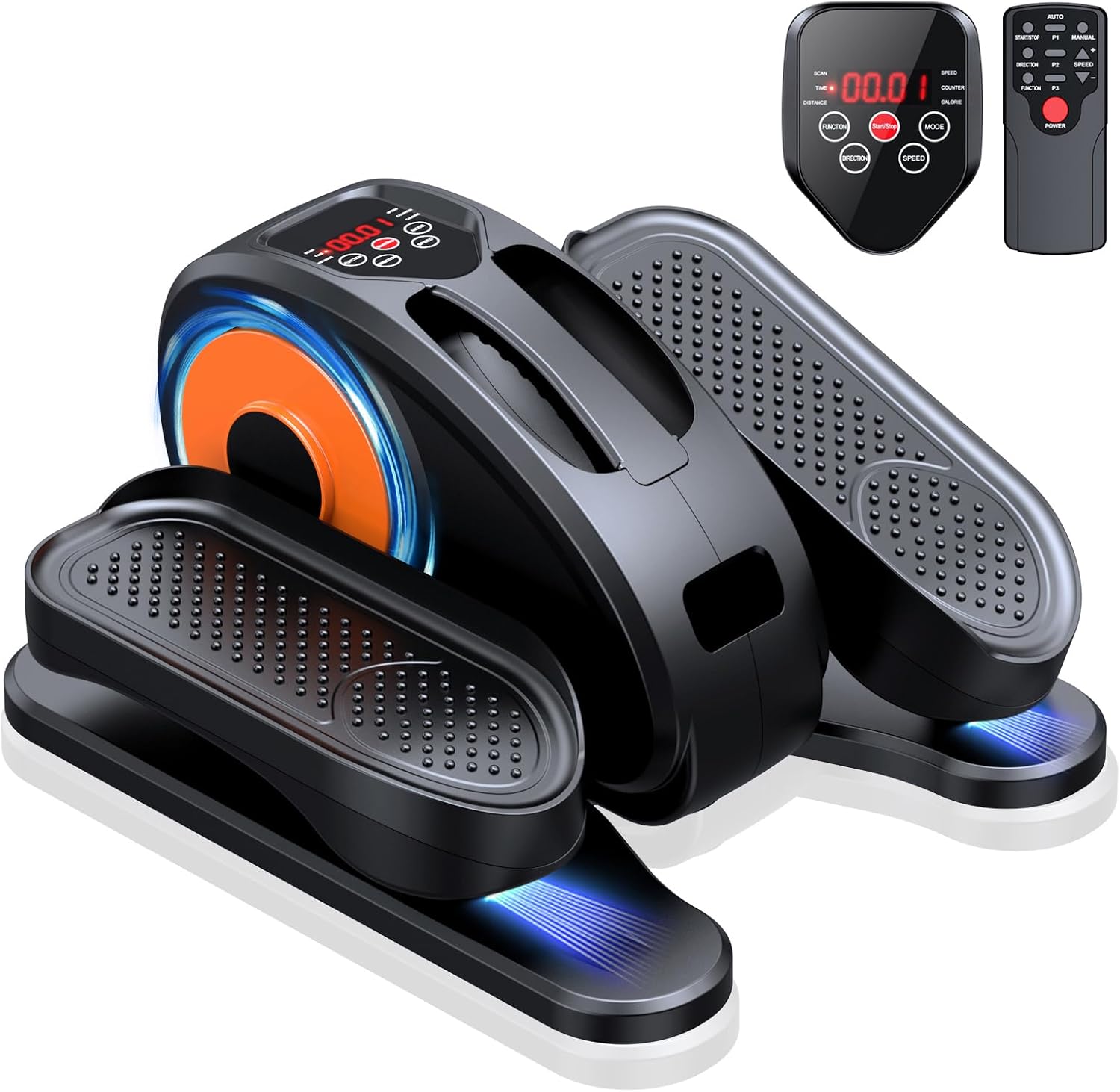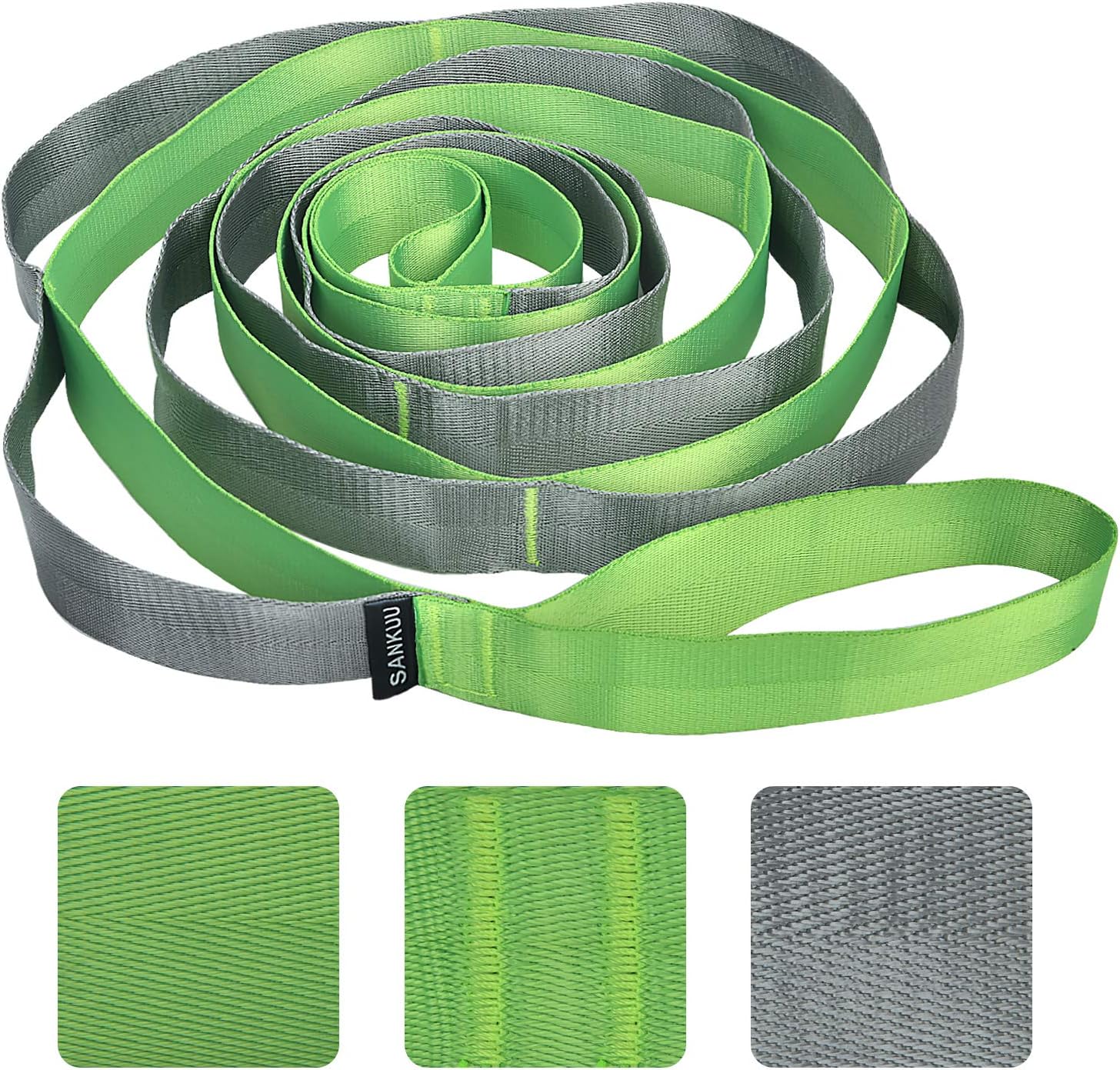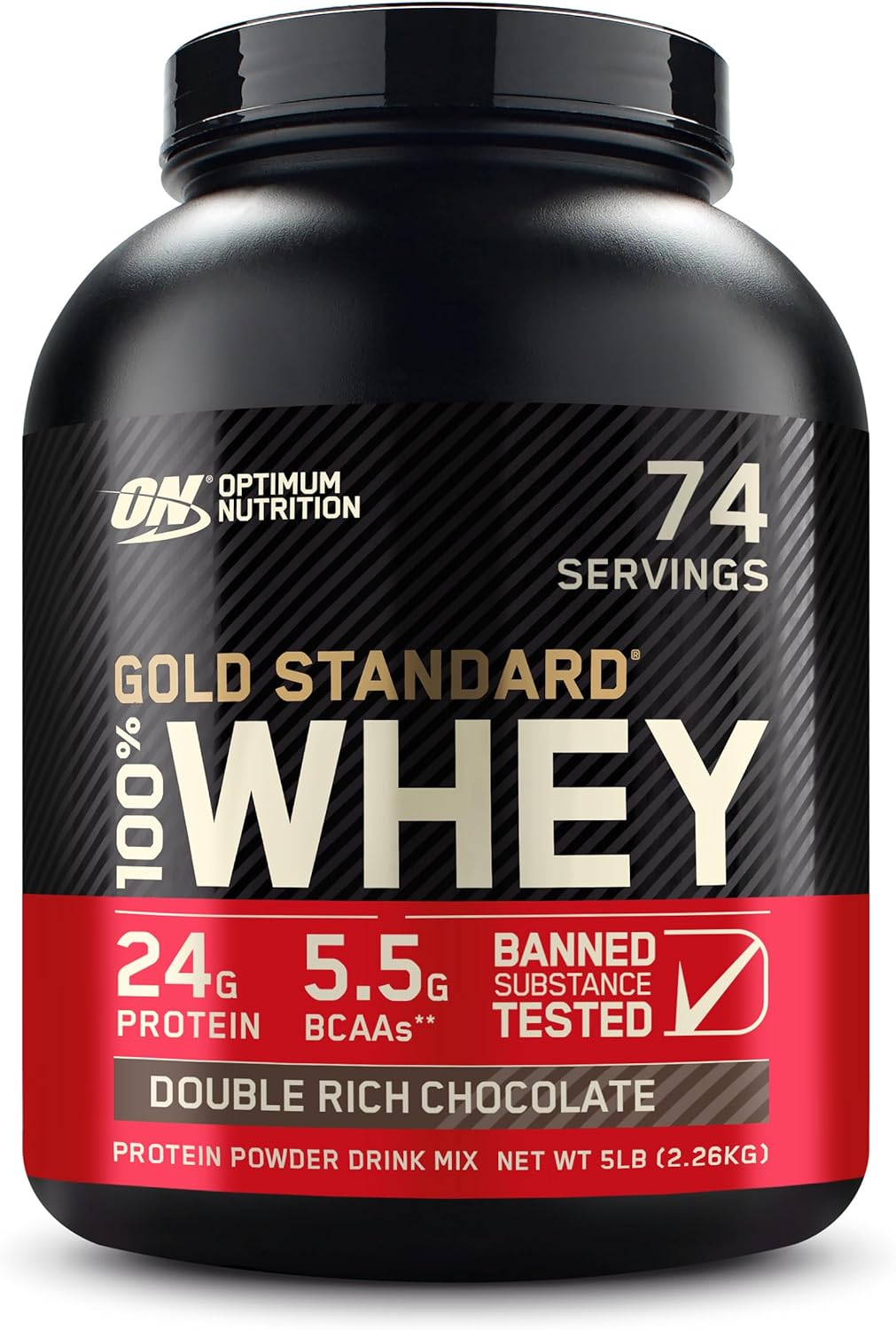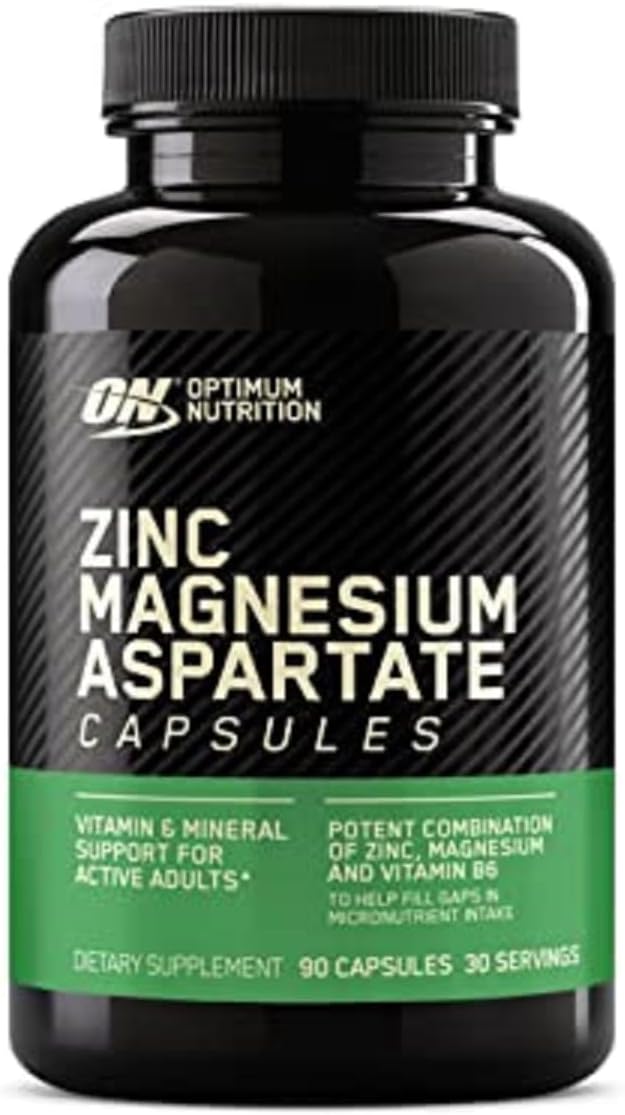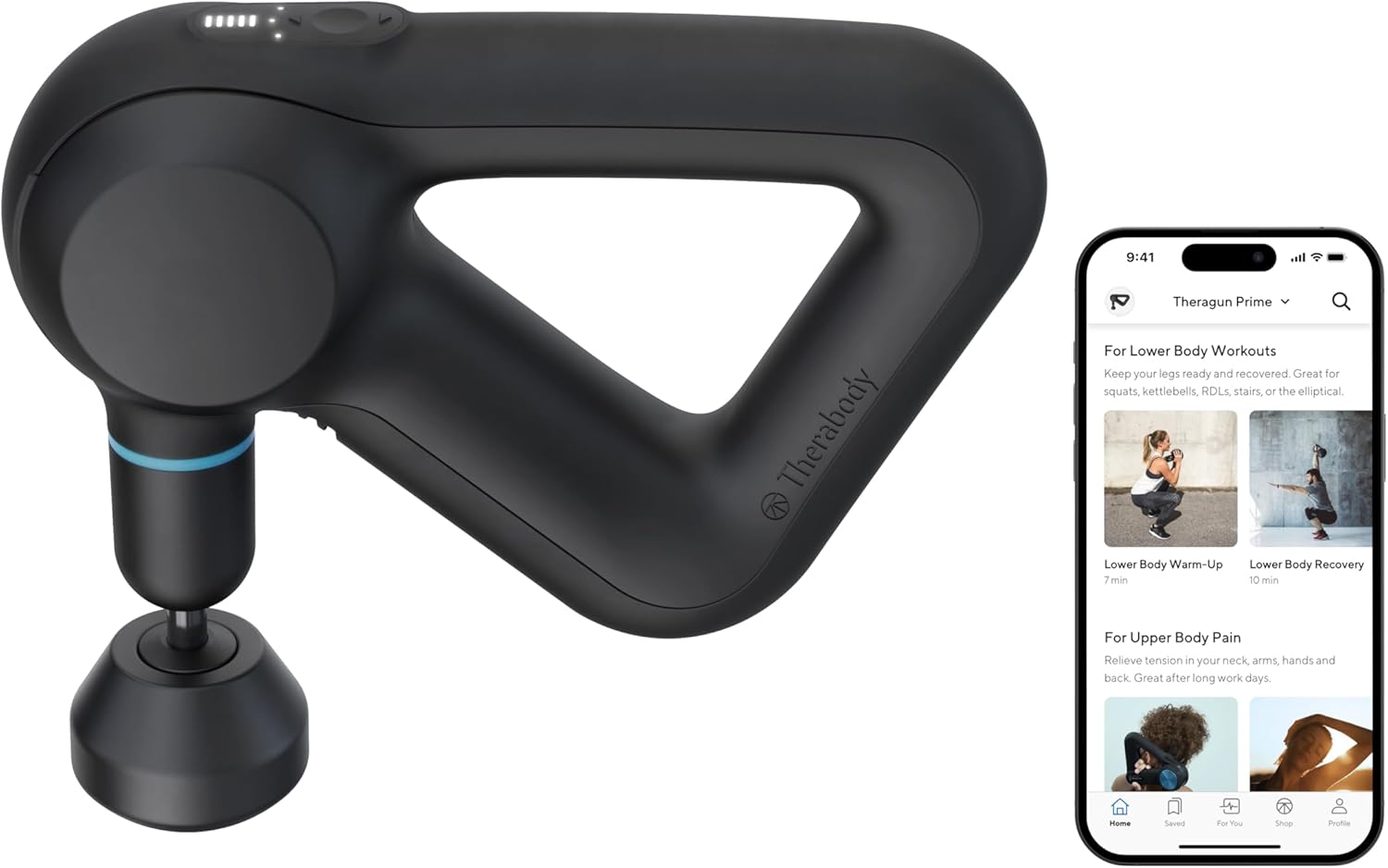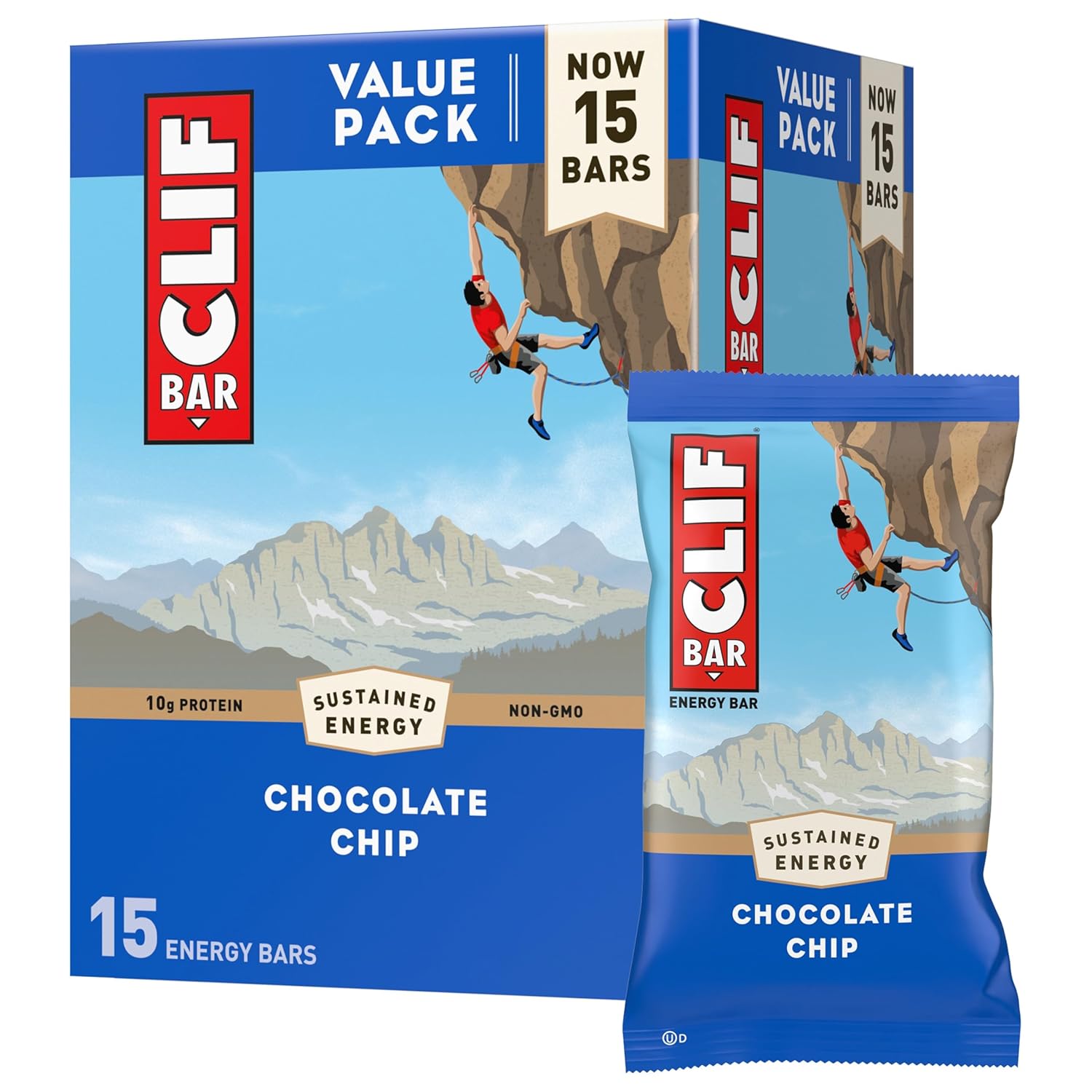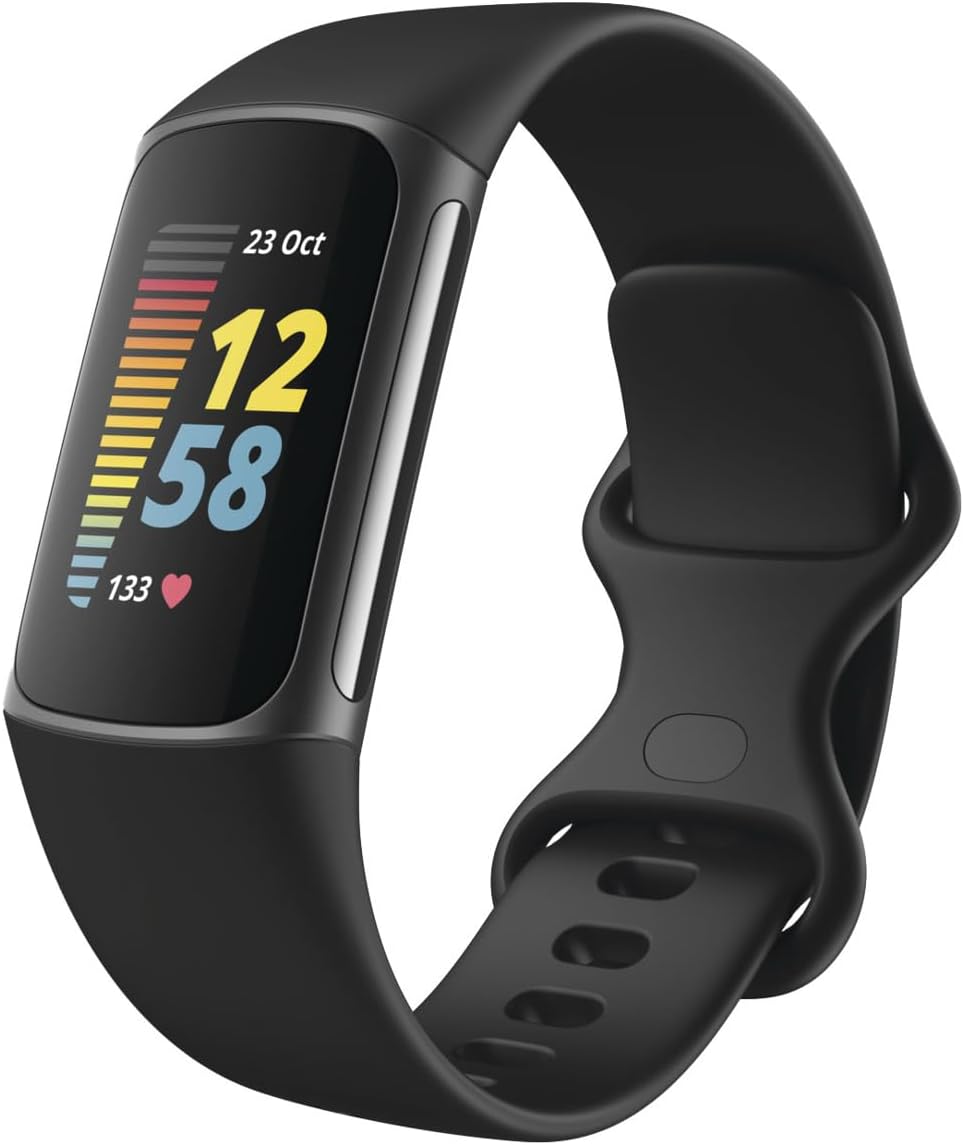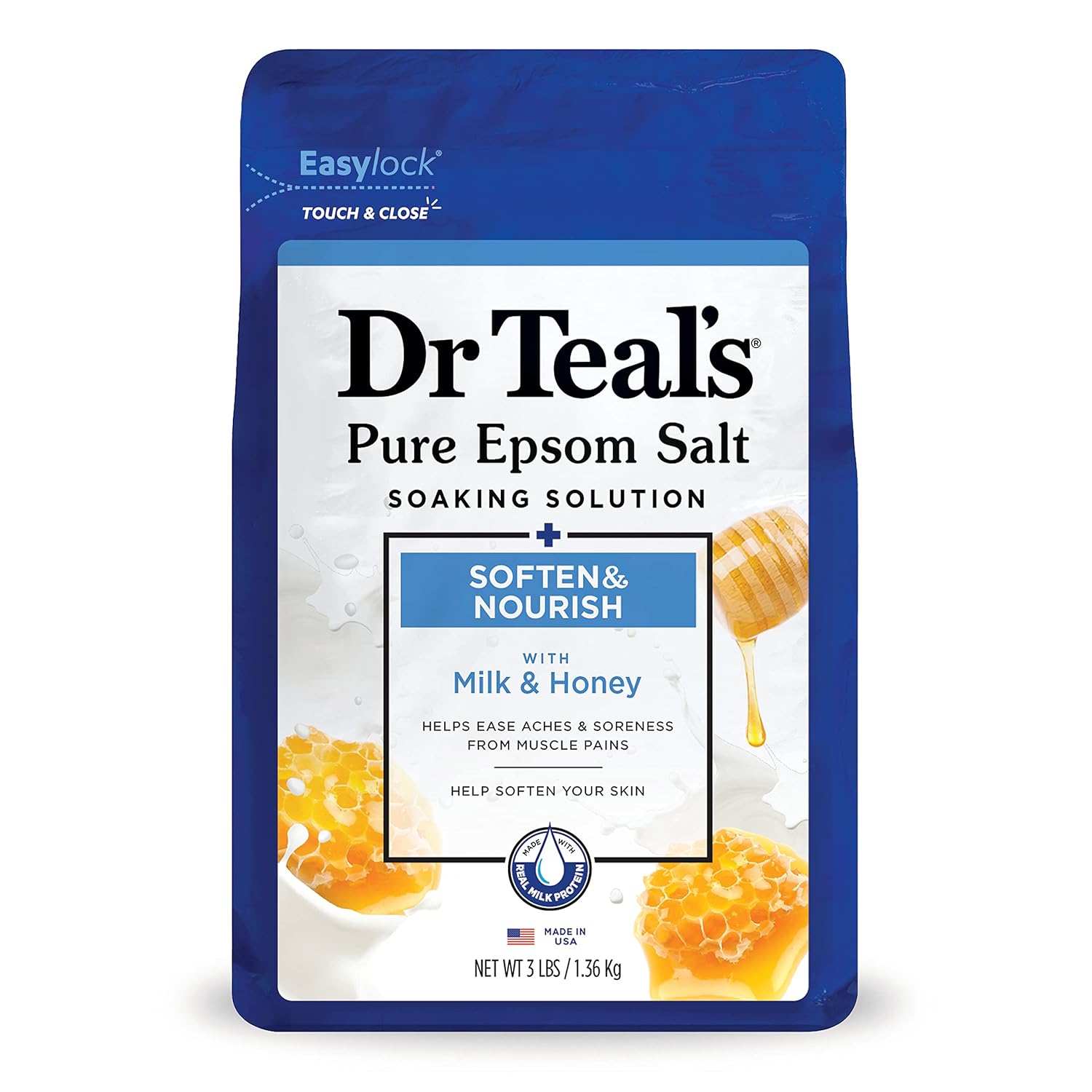When you hit the gym hard with strength training, you know the feeling—your muscles ache, your energy feels drained, and you crave that sweet moment when you finally recover. But to get the most out of your strength training sessions, recovery needs as much focus as the workouts themselves. Let’s dive into the best recovery techniques that can help you rebuild, recover, and come back stronger each time.
1. Active Recovery: Keep Moving
You might think complete rest is the way to go, but active recovery is often more beneficial. On your non-lifting days, engage in low-intensity activities like walking, cycling, or yoga. These exercises help boost circulation, which speeds up muscle recovery by delivering more oxygen and nutrients to fatigued areas. You could even use an under-desk pedal exerciser, available on Amazon with thousands of high ratings, to keep your legs moving when you’re relaxing or working.
2. Hydration: Rehydrate Those Muscles
Your body loses a lot of fluids during intense training, and those need to be replaced. Dehydration can make muscle soreness worse, so rehydrating is key. To optimize recovery, drink water throughout the day, and consider adding an electrolyte supplement to maintain your balance. One highly-rated option is the Nuun Sport Electrolyte Tablets. These tablets are easy to drop into a water bottle and will keep you hydrated while helping to replace lost sodium, potassium, and other electrolytes.
3. Foam Rolling and Self-Myofascial Release
Foam rolling might not always feel great, but it’s incredibly effective in releasing muscle tightness. It’s a type of self-massage that works out muscle knots and improves blood flow. Aim to spend 10-15 minutes foam rolling after your workouts. If you haven’t already invested in a foam roller, a product like the TriggerPoint GRID Foam Roller has a stellar reputation on Amazon with thousands of positive reviews. It’s a firm roller with a unique surface design that provides great pressure to really work on those muscle knots.
4. Stretching: The Essential Follow-Up
Stretching often gets skipped, but it’s one of the simplest and most effective recovery tools. Take 10-15 minutes post-workout to focus on stretching all major muscle groups. This can increase flexibility, improve your range of motion, and reduce muscle stiffness. If you’re prone to forgetting, try using a stretching strap to make the process more enjoyable. The SANKUU Yoga Strap, also available on Amazon, comes highly recommended by users for its durability and ease of use.
5. Protein Intake: Fuel Muscle Repair
After strength training, your muscles need protein to repair and grow. Getting the right amount of protein within a couple of hours post-workout helps kickstart this process. Whether it’s from whole foods or a protein supplement, make sure you’re getting around 20-30 grams of protein. One popular protein powder on Amazon is Optimum Nutrition Gold Standard Whey Protein, which has thousands of positive reviews and comes in a variety of flavors. It’s an easy and effective way to ensure you’re meeting your post-workout protein needs.
6. Sleep: The Ultimate Recovery Tool
There’s nothing more crucial to recovery than quality sleep. Your muscles repair and grow when you’re at rest, and sleep is where most of that happens. Aim for at least 7-9 hours of sleep every night to allow your body ample time to heal. If you have trouble winding down, consider trying a sleep aid like ZMA supplements (Zinc, Magnesium, and Vitamin B6). The Optimum Nutrition ZMA capsules are well-rated for promoting better sleep and aiding in muscle recovery.
7. Massage Therapy: Let It All Go
If you can fit it into your schedule, a professional massage can work wonders for muscle recovery. But if regular massages aren’t in the budget, consider getting a massage gun. These devices offer deep tissue percussion therapy to break down scar tissue and reduce tension. The Theragun Prime, available on Amazon, is a solid investment that has earned high praise for its effectiveness and durability. It’s a great tool for hitting those stubborn areas and encouraging better blood flow to fatigued muscles.
8. Cold Therapy and Heat Therapy
Alternating between cold and hot therapies can help reduce inflammation and muscle soreness. Cold therapy (like an ice bath or cold packs) is ideal for reducing inflammation after an intense workout, while heat therapy (like a hot bath or heating pad) can help loosen tight muscles and improve blood flow. You can use a hot and cold gel pack, like the Thrive Gel Ice Pack, which is reusable, versatile, and highly rated for its effectiveness in providing both cold and heat relief.
9. Compression Gear: Squeeze in the Recovery
Compression garments, like sleeves or socks, can help reduce swelling and promote circulation. Wearing compression gear for a few hours post-training can help reduce soreness and speed up recovery. The CEP Compression Sleeves, available on Amazon, are well-reviewed for comfort and efficiency. They are especially useful for your calves or arms, offering targeted support and promoting better circulation.
10. Nutrition Beyond Protein: Don’t Forget the Carbs
While protein gets the spotlight for muscle recovery, carbohydrates also play an essential role. After training, your glycogen stores are depleted, and carbs help replenish them. Make sure to consume a balanced meal with both protein and carbohydrates within a few hours after your workout. If you’re on the go, Clif Bars are a convenient and popular option. They offer a good mix of protein and carbs and come in a variety of flavors to suit every taste.
11. Supplements for Muscle Recovery
Aside from protein and ZMA, there are a few other supplements that can support muscle recovery. BCAAs (Branched-Chain Amino Acids) can help reduce muscle soreness and enhance muscle protein synthesis. Scivation Xtend BCAA Powder is a popular choice on Amazon, with a blend of BCAAs and electrolytes to keep you hydrated and assist in muscle repair.
Another helpful supplement is Omega-3 fatty acids, which can reduce inflammation and help with muscle soreness. You can find Nature Made Fish Oil on Amazon, which is highly rated and a great source of Omega-3s to boost your overall recovery.
12. Listen to Your Body: Avoid Overtraining
One of the most overlooked aspects of recovery is knowing when to take it easy. If you feel drained, excessively sore, or you’re experiencing joint pain, these are signs that you might need more time to recover. Give yourself permission to take a full rest day—or even two—if you need it. Overtraining can lead to injury, which will only set you back. Using a fitness tracker like the Fitbit Charge 5 can help you monitor your activity levels and recovery, making sure you’re staying on track without pushing too hard.
13. Epsom Salt Baths: A Relaxing Way to Rejuvenate
Taking an Epsom salt bath can be a great way to relax and help sore muscles recover. Epsom salts contain magnesium sulfate, which can help relieve muscle tension. Add a cup or two of Dr Teal’s Epsom Salt Soaking Solution to a warm bath and soak for 20-30 minutes. Not only is it an excellent way to aid in muscle recovery, but it’s also a perfect way to unwind and relieve stress.
14. Stay Consistent with Rest and Nutrition
Recovery isn’t just a one-time fix—it’s a continual practice. Consistency is key, whether it’s about your hydration, stretching, or getting enough protein. Build these habits into your daily routine, and your body will be better equipped to handle intense strength training sessions over time. Even small things like staying consistent with your vitamins can make a difference. A multivitamin like Garden of Life Vitamin Code for Men or Women is a great option, providing a range of nutrients that support overall health and recovery.
15. Mind Your Mental Recovery
Recovery isn’t just physical; it’s also mental. Stress can hinder your muscle recovery and make it harder for you to reach your strength training goals. Meditation, yoga, or just spending time doing things that make you happy can help manage stress levels. There are guided meditation apps that you can use, and you can even grab a yoga mat like the BalanceFrom GoYoga Mat, which is affordable and highly rated on Amazon, to start practicing some yoga flows at home.
Conclusion: Take Recovery as Seriously as Your Workout
Recovery is the secret weapon that lets you make consistent progress without burning out or getting injured. It’s tempting to think more training equals better results, but without giving your muscles adequate time to recover, your progress will plateau. Incorporate these recovery techniques into your routine—hydrate, sleep, stretch, fuel properly, and treat yourself to some effective tools like foam rollers, massage guns, or a good compression sleeve. When you take care of your body and prioritize recovery, you’ll find yourself lifting heavier, feeling stronger, and staying healthier in the long run.
Now it’s time to give these techniques a try. Pick one or two of the tools mentioned above, grab them off Amazon, and make recovery a more intentional part of your training schedule. Your future, stronger self will thank you!

